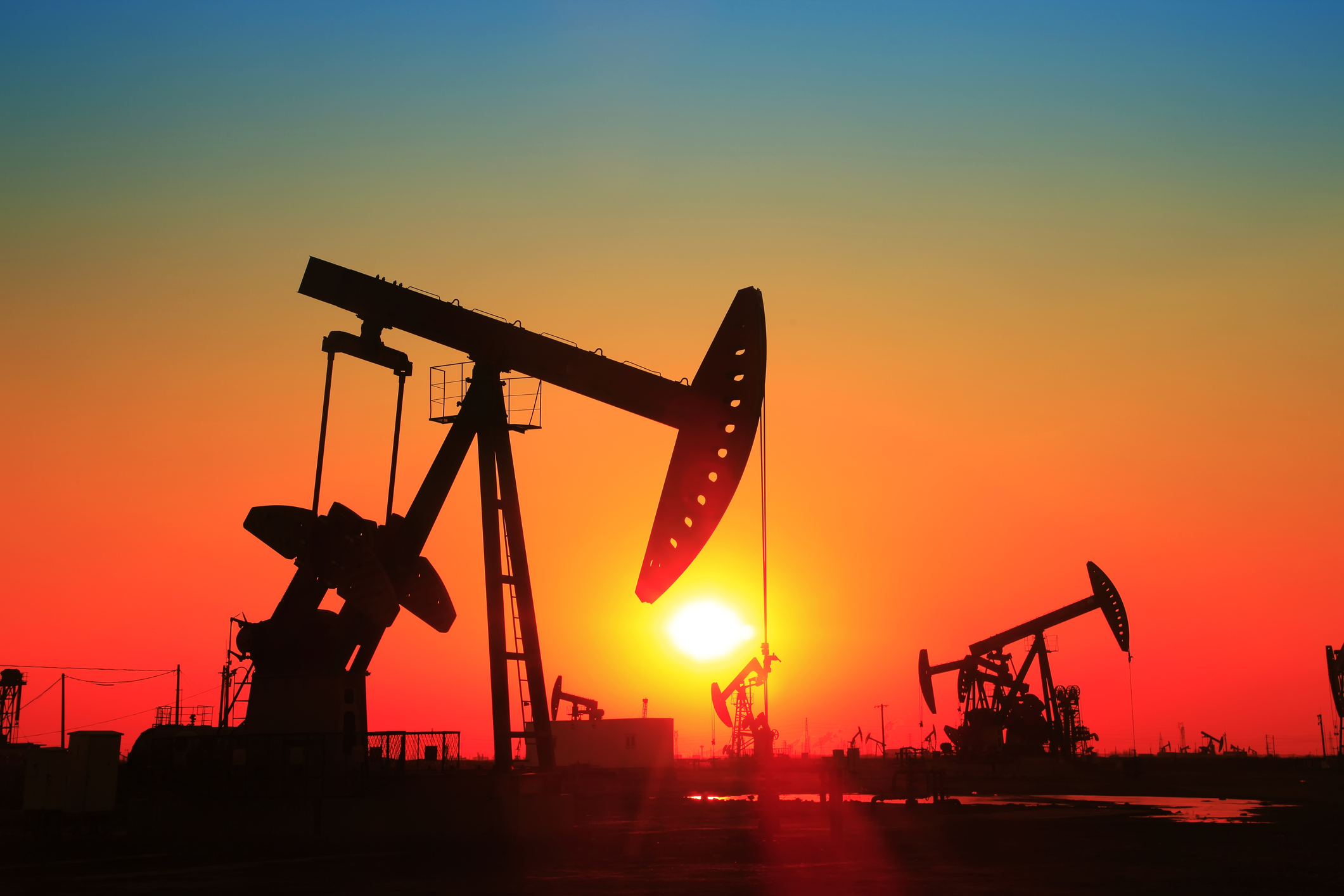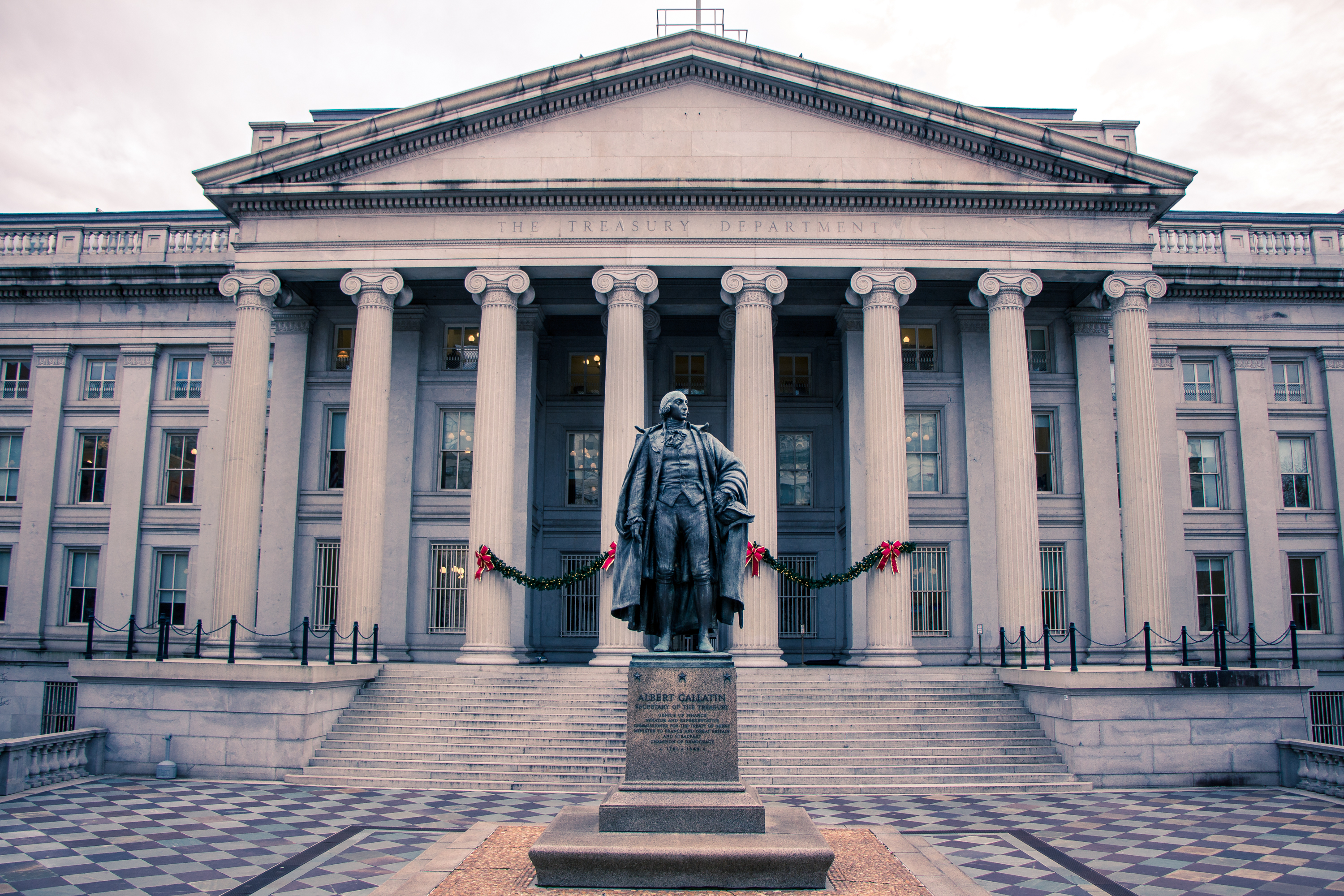For investors unfamiliar with the oil patch, it's easy to get turned around with all the energy industry jargon. Of the many terms investors may come across, two of the most common refer to links in the energy value chain: upstream and downstream. Upstream refers to the exploration and production of oil. Downstream applies to the processing, including refining, of crude oil into products sold to customers.

Understanding upstream and downstream operations
Upstream operations, which occur both on land and offshore, represent the first link of the energy value chain. It refers to activities regarding the identification of oil and natural gas resources, as well as exploration and production (E&P) of the oil and gas.
Companies engage in a variety of activities while conducting upstream operations. In addition to completing both geological and geophysical surveys, companies will also drill exploratory wells, sometimes known as wildcat drilling, and take core samples to study the resource further.
When companies are ready to start production, they construct wells and extract resources through activities such as hydraulic fracturing (fracking) and enhanced oil recovery (EOR). Finally, they'll separate gases and liquids, remove impurities, and stabilize the products before transporting them.
At the other end of the energy value chain, downstream operations entail activities that ultimately lead to the oil and gas products ending up in the customers' hands. In addition to refining crude oil into products such as gasoline, jet fuel, and heating oil, energy companies will produce petrochemicals used in industrial processes, as well as plastics and fertilizers.
The importance of upstream and downstream operations
Both upstream and downstream operations are essential to a functional energy value chain. It's important to recognize that neither link is more important than the other.
If companies ramp up oil and gas production from their upstream assets, it means little if the downstream operations, such as refining capacity, aren't available to increase production. Conversely, ample refining capacity is useless if there is insufficient upstream production.
It's important to recognize that market demand is a critical variable underlying the degree to which companies engage in upstream and downstream operations.
If demand for oil and gas declines, it could pressure companies to reduce E&P and downstream operations. During the COVID-19 pandemic, for example, energy prices plummeted due to decreased demand, and companies had to reduce both upstream and downstream activities.
Insights into upstream and downstream operations
Investors have a variety of options when it comes to energy stocks. Some energy companies, for example, operate primarily as E&P companies.
Leading oil stock ConocoPhillips (COP +3.45%), for example, is one of the largest E&P companies operating today. Besides its operations throughout North America, ConocoPhillips manages assets in Africa, Asia Pacific, and Europe. In 2024, the company reported average production of 1.987 million barrels of oil equivalent (BOE) daily.
In terms of its downstream capabilities, at the end of 2024, Chevron had a refinery network capable of processing 1.8 million barrels of crude oil per day. Chevron also markets its petroleum products -- such as gasoline, jet fuel, and fuel oil -- worldwide under several principal brands, including Chevron, Texaco, and Caltex.
The company's integrated operations provide management with excellent insight into how it should balance upstream and downstream activities. With this perspective, management has also succeeded in balancing reinvesting in the business with returning capital to shareholders. Chevron is a leading oil dividend stock with dividends that have grown in each of the past 38 years.















